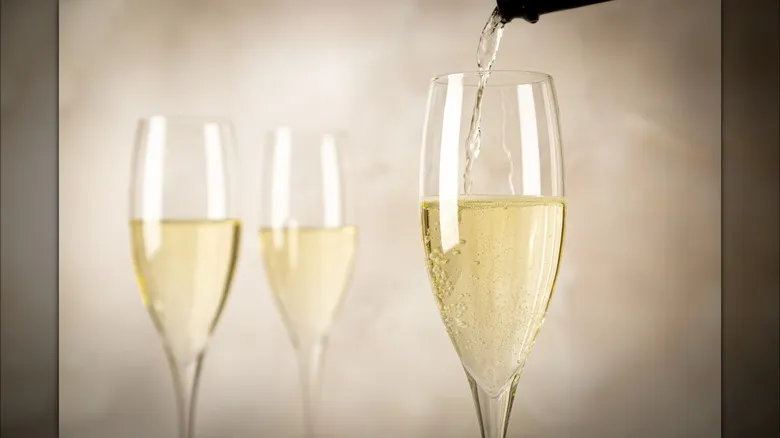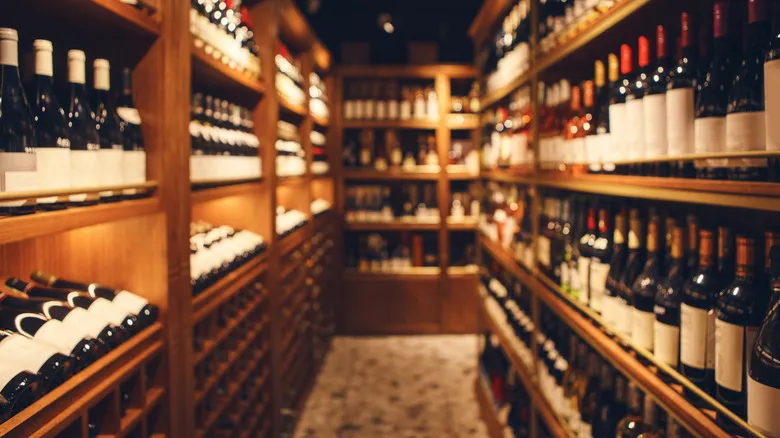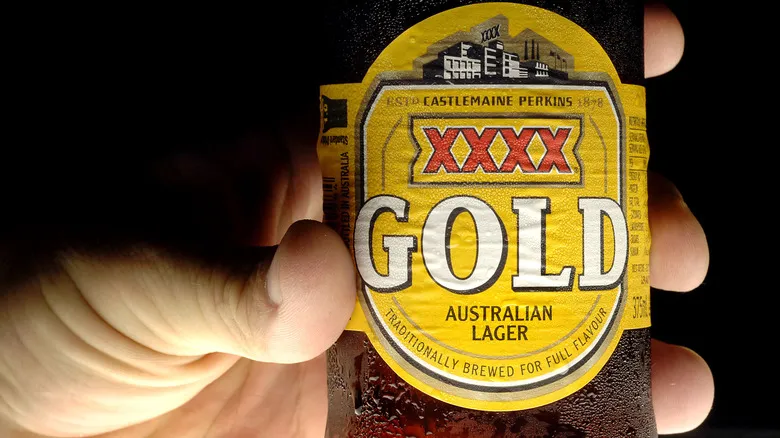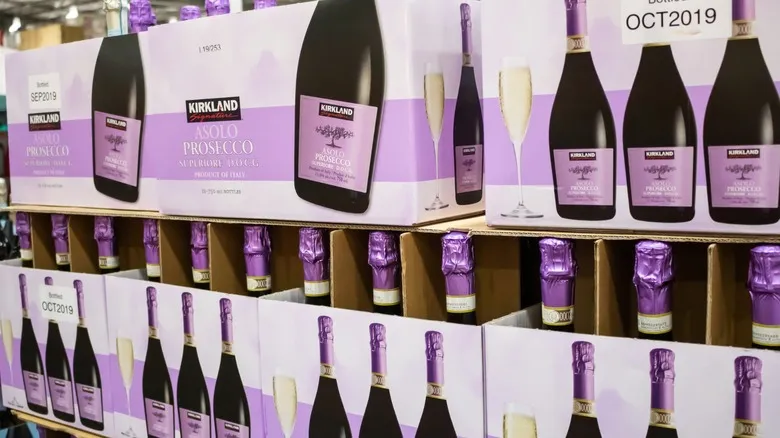What makes this prosecco the real deal?

For those unfamiliar, prosecco may appear to be synonymous with sparkling wine, but that is far from accurate. Like many alcoholic beverages, there are specific criteria and elements that set true prosecco apart from other sparkling wines.
To begin with, prosecco must contain a minimum of 85% glera grapes in its blend, allowing the remaining 15% for producers to infuse their unique touch. It is primarily produced in a select few appellation regions in Italy, so it's important to check the label carefully, as some non-Italian brands may still use the term "prosecco." This is tied to Italy's regulated wine classifications, which you might recognize as DOCG or DOC on Italian wine labels.
Costco's prosecco falls under the DOCG designation ("Denominazione di Origine Controllata e Garantita"), indicating that it originates from a controlled and recognized winemaker, and has undergone testing and approval by a panel before being released. Additionally, Costco's prosecco is labeled "superiore," signifying it has a slightly higher alcohol content (0.5% more, to be precise) than standard prosecco. Costco has truly gone the extra mile with this selection.
Prosecco is a truly unique wine

Beyond its emphasis on glera grapes and its official classification among Italian wineries, prosecco distinguishes itself as a unique type of wine, separate from other sparkling varieties. A common point of comparison is Champagne; while Costco does carry authentic Champagne, the two are only similar in that they are both sparkling wines produced in Europe. They utilize different grape varieties and achieve their bubbles through markedly different methods.
One of the distinctive features of prosecco is its method of acquiring its signature effervescence. Like any traditional sparkling wine, prosecco undergoes a second fermentation, which is responsible for its carbonation. However, unlike Champagne, which ferments by adding sugar and yeast directly into the sealed bottle, prosecco is fermented in a large tank before being bottled. This approach eliminates the need for bottle aging, resulting in a fresher and more vibrant flavor profile. Additionally, this method is generally more cost-effective than the bottle-aging process, making it a favorable choice for bubbly enthusiasts.
Recommended

Helpful Tips To Know That Will Save You Money On Wine

What Is XXXX Beer? Australia's Pride And Joy Explained

15 Breweries Beer Lovers Need To Tour Around The US

The Absolute Best Type Of Wine To Drink With Chicken Marsala
Next up

